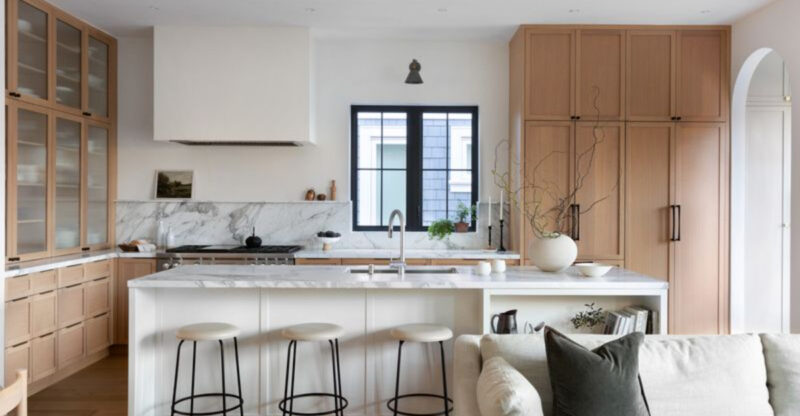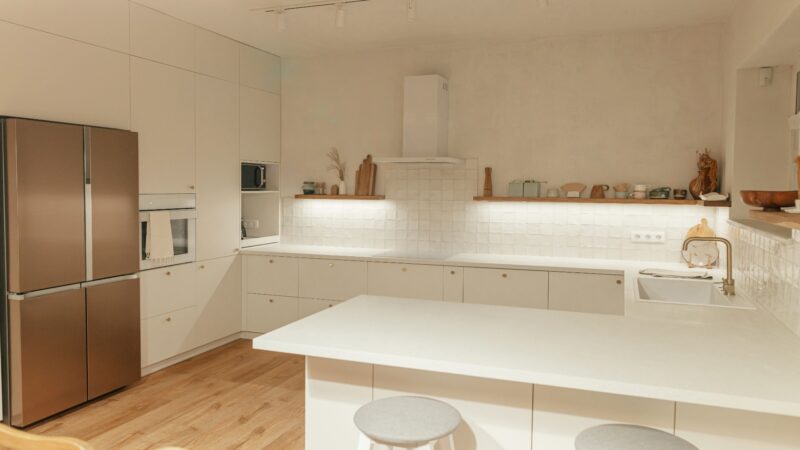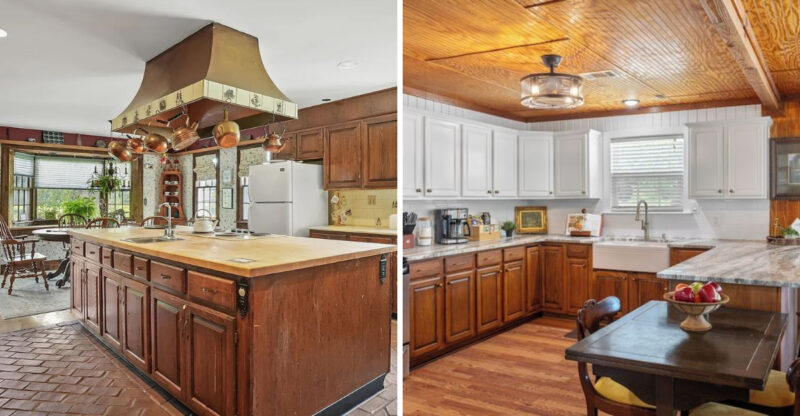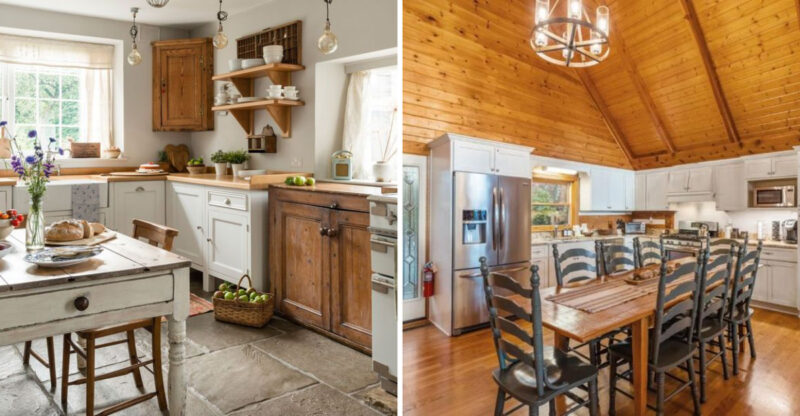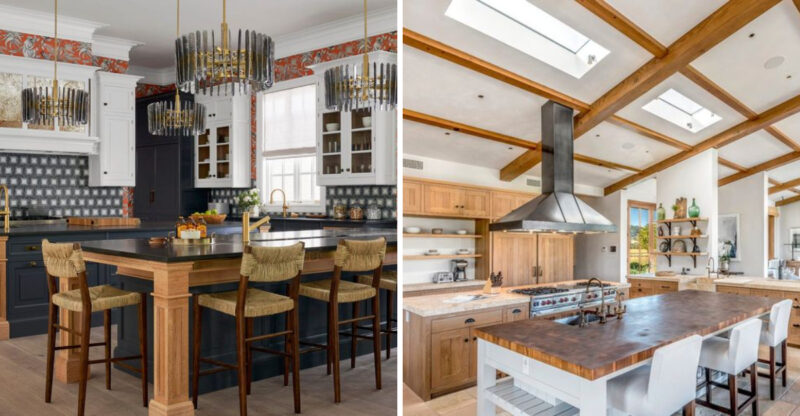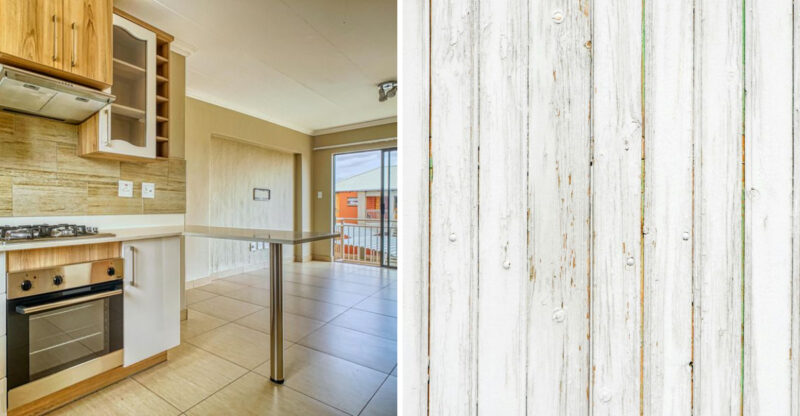Things That Might Make Living Rooms Appear Less Inviting
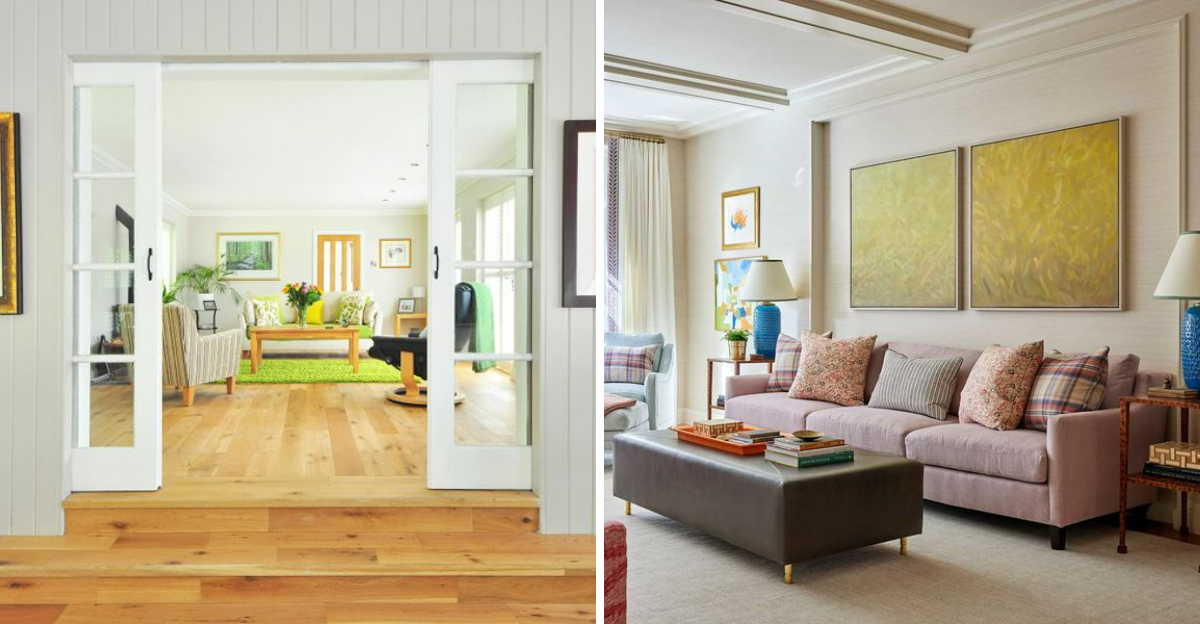
Your living room should feel like a place where you can sink in and relax, but certain choices can get in the way of that. From mismatched furniture to harsh lighting, even small details can shift the mood from inviting to uncomfortable. Since this room often sets the tone for the rest of your home, it’s worth spotting the missteps that make it feel less welcoming than it could be.
The insights in this article are for general inspiration. Every home is different, so consider your lifestyle, budget, and personal preferences before making changes.
1. Poor Lighting Choices
Harsh overhead lights can make even the most carefully designed room feel like a doctor’s waiting area. When ceiling fixtures cast unflattering shadows on faces and create glare on screens, relaxation becomes nearly impossible.
The solution isn’t complicated – layer your lighting with floor lamps, table lamps, and perhaps some string lights for ambiance. Warm-toned bulbs (2700-3000K) create that golden glow that makes everyone look and feel their best in the space.
2. Furniture Pushed Against Walls
The ‘racetrack’ layout happens when all furniture hugs the walls, leaving a vast empty space in the middle. This arrangement creates an echo chamber effect and makes conversation awkward since people sit too far apart.
Try floating your sofa or creating conversation zones with furniture facing each other. Even in small rooms, pulling pieces just a few inches from the wall creates a more deliberate, designed feel. The goal is creating intimate spaces where people naturally want to gather and chat.
3. Too Much Clutter
Walking into a room filled with knickknacks, stacks of magazines, and random items creates immediate visual stress. Your brain works overtime processing all these visual inputs, making relaxation nearly impossible.
Start by keeping flat surfaces 75% clear. That means coffee tables, side tables, and mantels should have breathing room between decorative items. Consider hidden storage solutions for remotes, gaming equipment, and everyday items that accumulate.
4. Uncomfortable Seating
Form over function becomes a real problem when guests perch awkwardly on rock-hard sofas or wobbly chairs. Beautiful but unusable furniture sends a subtle message that looking good matters more than feeling welcome.
Before purchasing, always test-sit furniture for at least 5-10 minutes. Look for seats with proper depth, supportive cushions, and heights that work for various body types. Adding throw pillows and soft blankets can make even firmer seating feel more inviting while adding color and texture.
5. Lack of Personal Touches
Rooms that feel like furniture showrooms lack the soul that makes a space truly inviting. When everything matches perfectly or looks untouched, visitors feel hesitant to relax, worried they might disturb the perfect arrangement.
Family photos, travel souvenirs, books you’ve actually read – these items tell your story and invite conversation. Even something as simple as a throw blanket casually draped over a chair arm signals that real people live here and comfort is encouraged.
6. Temperature Extremes
A room that’s freezing in winter or sweltering in summer will never feel welcoming, no matter how beautiful the decor. Physical comfort forms the foundation of feeling at ease in any space.
Smart thermostats can maintain consistent temperatures, but don’t overlook simpler solutions. Ceiling fans circulate air in summer, while area rugs add warmth to cold floors in winter. Window treatments play a crucial role too – heavy curtains block drafts and summer heat while adding texture to your design.
7. Awkward Furniture Arrangement
Have you ever had to crane your neck to see the TV or shout across the room to talk? Poorly arranged furniture creates physical discomfort and disrupts the natural flow of movement and conversation.
Start with a focal point – fireplace, view, or TV – and arrange seating to face it. Ensure pathways of at least 30 inches between pieces for easy movement. Coffee tables should sit 14-18 inches from seating, close enough for everyone to reach but with room for legs and movement.
8. Absence of Natural Elements
Rooms devoid of plants, natural materials, or sunlight often feel sterile and institutional rather than warm and welcoming. Humans have an innate connection to nature that affects our comfort levels in indoor spaces.
Even small additions make a difference – a potted plant, wooden accent table, or stone coaster collection. Position seating to take advantage of natural light when possible. If your room lacks windows, mirrors can bounce existing light while nature photography brings outdoor scenes inside.

